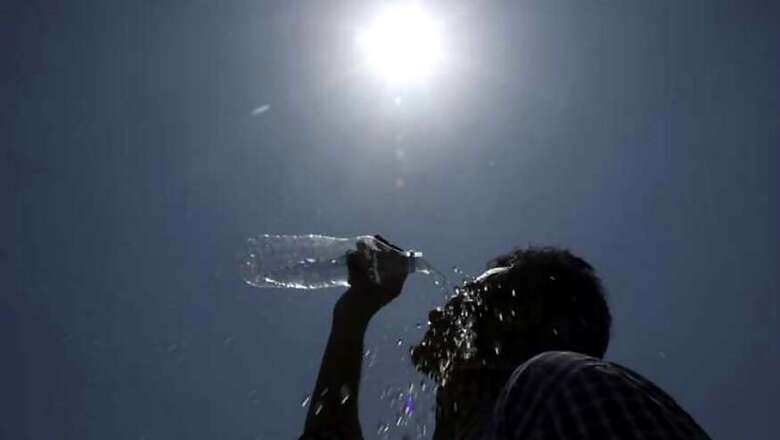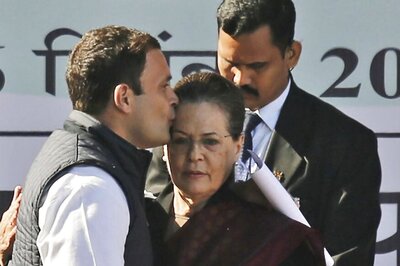
views
Earlier this week, four elderly passengers travelling aboard the Kerala Express died near Jhansi. Their deaths, astonishing as they might seem, were all caused by the ongoing spell of heat wave, which is on course to become the longest ever in the country.
The deaths of the four senior citizens from Tamil Nadu brought into focus the question of how much heat the human body can withstand.
What is this threshold limit and how can temperature above 50 degrees, similar to the levels experienced in parts of Rajasthan this week, physiologically affect us?
When 'Heat Stress' Hits
Doctors and researchers often pull up the term “heat stress” when talking about the toll that rising temperatures take on the human body.
“When our body is exposed to heat, it tries to maintain its core temperature. Depending on the environmental and physiological conditions, the body’s core temperature starts building and we start to feel fatigue,” Dey, an Associate Professor at the Centre for Atmospheric Studies in IIT Delhi, said while explaining “heat stress”.
The symptoms of heat stress are varied across temperature levels. They also depend on the intensity and duration of exposure.
According to Dr Sanjeev Bagai of Nephron Clinic, discomfort can be felt at any temperature beyond 40 degrees Celsius.
“Headache, vomiting and dehydration are experienced at temperatures beyond 40-42 degrees. At 45 degrees delirium, palpitations and drop in blood pressure become common,” he said.
Continued exposure to 48-50 degrees and beyond leads to a severe breakdown of muscle and even death, as seen in the case of the four elderly passengers in Jhansi.
Needless to say, the ones who are most vulnerable to the sweltering heat are children, the elderly, pregnant women and those with prevailing health conditions.
How Far We Can Go
While doctors and experts agree that temperature beyond 40 degrees is a cause of concern, many are of the opinion that the body’s threshold temperature is really difficult to determine in a country like India.
As Indian Institute of Public Health (Gandhinagar) director Dileep Malvankar puts it: the threshold for heat is incumbent on what you are used to. “In Chicago, deaths from heat wave happen at 35 degrees, the same goes for Europe. This is of course not the case here,” he said.
Malvankar suggested that the threshold for heat is different for different places owing to environment factors like humidity and wind.
Sagnik Dey also echoed the same. In fact, the index that he and other researchers of IIT are developing as a part of the project - “Heat Stress Index for India: projection for near future (HIIPROF)” – considers wind and humidity along with temperature.
Heat indices essentially tell us how hot it really feels when all these variables get factored in.
“When we talk about how our bodies' response to heat – stress, humidity, wind, and even your exposure to the sun - all these matter,” Dey said.
What is noteworthy here is the emphasis this project lays on social situations, which, as Dey agrees, usually gets sidelined in the making of such an index. “If you are involved in work that is heavy, you are more likely to keep going. Occupation and clothing are very important,” he said.
Even where one lives, the amount of tree cover and heat resistance of homes, determines how well an individual acclimatises to heat.
Don't Sweat it
Indices like the one Dey is developing have already started playing a role in how the government plans to “manage” heat, especially when certain segments of the work force are considered.
Governments at both the Centre and the state levels can take concerted action based on what the heat index indicates for a particular city.
In fact, such action plans around “heat-management” like the one started by the National Disaster Management Authority is said to have played a role in the decrease in number of heat-related mortality rates.
As Dey finally pointed out, it is necessary to “reach out to the local government and specifically issue, sector-specific guidelines about what needs to be done and what they (workers) have to be careful about”.

















Comments
0 comment